Home>Articles>How To Change Battery In A High Ceiling Smoke Detector
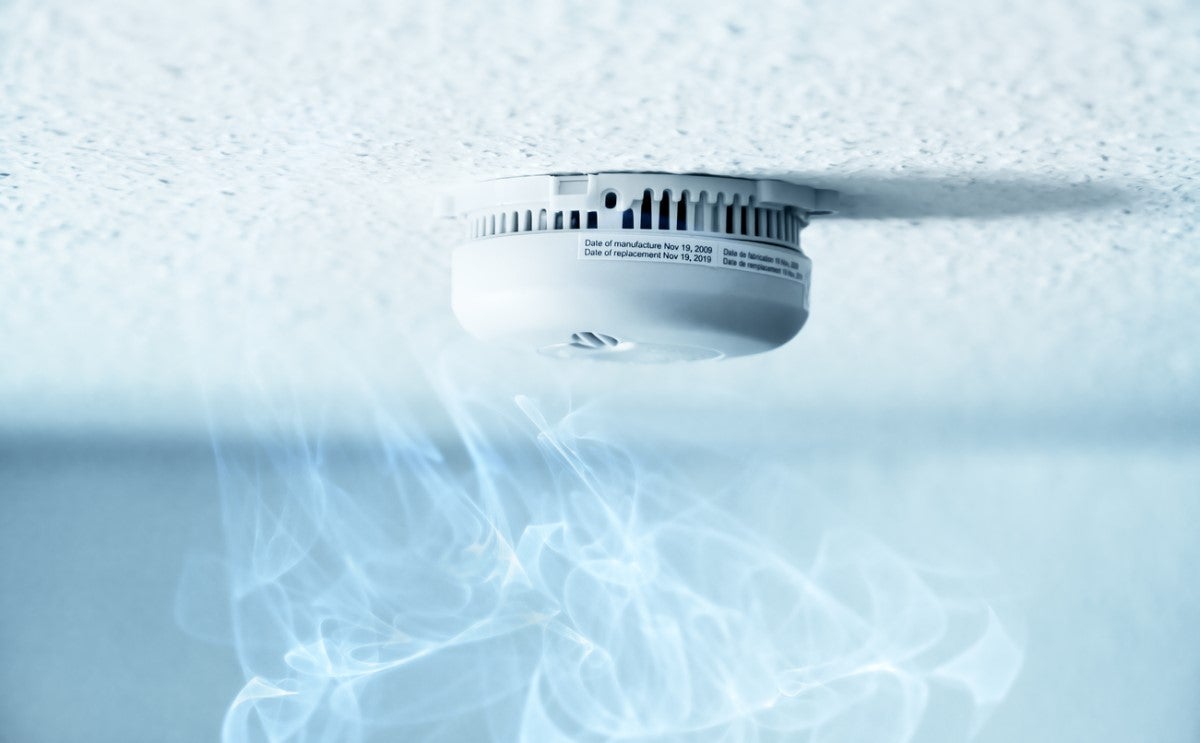

Articles
How To Change Battery In A High Ceiling Smoke Detector
Modified: February 24, 2024
Learn how to change the battery in a smoke detector with a high ceiling in this informative article. Find step-by-step instructions and tips to ensure your home's safety.
(Many of the links in this article redirect to a specific reviewed product. Your purchase of these products through affiliate links helps to generate commission for Storables.com, at no extra cost. Learn more)
Introduction
Smoke detectors are essential devices that help protect us from the dangers of fire. They are commonly installed in homes, offices, and other buildings to detect the presence of smoke and emit a loud alarm. While smoke detectors are designed to provide long-lasting performance, regular maintenance is necessary to ensure their effectiveness. One crucial aspect of maintenance is replacing the battery.
In this article, we will guide you on how to change the battery in a smoke detector that is installed in a high ceiling. High ceilings can pose a challenge when it comes to accessing and replacing the smoke detector battery. However, with the right tools and approach, you can easily complete this task and ensure your smoke detector remains fully functional.
Before we dive into the step-by-step process, it’s important to mention that safety should always be the top priority. If you have any concerns or doubts, it’s advisable to seek professional assistance. Additionally, always follow the manufacturer’s instructions specific to your smoke detector model for battery replacement.
Now, let’s get started with the necessary tools and supplies you’ll need for this task.
Key Takeaways:
- Ensure safety by notifying others, turning off power, and having a partner when replacing a high ceiling smoke detector battery. Proper ladder positioning and careful handling are crucial for success.
- Regularly test your smoke detector’s functionality and replace the battery as recommended to maintain fire safety in your home or building. Prioritize safety and follow manufacturer’s instructions for a successful battery replacement.
Step 1: Gather necessary tools and supplies
Before you begin replacing the battery in your high ceiling smoke detector, ensure that you have the following tools and supplies:
- A sturdy ladder: Make sure you have a stable ladder that is tall enough to reach the smoke detector. This will ensure your safety while accessing the high ceiling area.
- A replacement battery: Check the user manual or the existing battery to determine the correct battery type needed for your smoke detector. It’s recommended to have a fresh battery on hand before starting the replacement process.
- A screwdriver or a specific tool for your smoke detector model: Some smoke detectors require a screwdriver or a specific tool to remove the device from its mounting. Refer to the user manual or examine the smoke detector to determine the appropriate tool needed.
- A flashlight: Having a flashlight can be helpful for better visibility in high ceiling areas, especially if the lighting is limited.
- Work gloves: It’s advisable to wear gloves to protect your hands during the process, as you may come into contact with dust or other debris.
Once you have gathered all the necessary tools and supplies, you are ready to proceed with the battery replacement. Following the steps carefully will ensure a successful and safe procedure.
Step 2: Prepare for safe battery replacement
Prior to replacing the battery in your high ceiling smoke detector, it is important to take a few precautions to ensure your safety throughout the process. Follow these steps to prepare for a safe battery replacement:
- Notify others: Let the occupants of your home or building know that you will be working on the smoke detector. This will prevent any accidental alarm triggers or disturbance.
- Turn off the power: Locate the circuit breaker or fuse box and turn off the power to the specific area where the smoke detector is located. This step is crucial as it prevents any electrical shocks while handling the device.
- Bring a partner: It is strongly recommended to have a partner assist you during the battery replacement process, especially when working with a tall ladder. They can help stabilize the ladder, pass tools or supplies, and provide additional support if needed.
- Clear the area: Before ascending the ladder, clear the immediate area around the smoke detector. Remove any obstacles or furniture that may hinder your access or cause accidents.
By taking these preparatory measures, you are ensuring a safe working environment and minimizing the risk of accidents or injuries. Once you have completed these steps, you can proceed with positioning the ladder for accessing the smoke detector.
Step 3: Positioning the ladder for accessing the smoke detector
Accessing a smoke detector installed in a high ceiling requires careful ladder positioning to ensure stability and safety. Follow these steps to position the ladder correctly:
- Choose the right ladder: Select a ladder that is tall enough to reach the smoke detector comfortably. Ensure that the ladder is in good condition and has a secure footing.
- Set up the ladder on a level surface: Find a stable and level surface to place the ladder. Avoid placing it on uneven or slippery surfaces.
- Calculate the ladder height: Stand at the base of the ladder and extend your arms straight out. The ladder’s top should reach your armpits or slightly above, allowing you to maintain a secure grip while working.
- Lean the ladder against a solid support: Position the ladder against a sturdy wall or ceiling beam. Make sure it is secure and doesn’t wobble or lean to either side.
- Test ladder stability: Carefully climb a few steps to test the stability of the ladder. If it feels unstable or insecure, readjust its position and stability before proceeding.
Remember to always maintain three points of contact with the ladder, whether it’s two feet and one hand or two hands and one foot. Avoid overreaching or leaning too far to one side, as it can lead to loss of balance and accidents.
Once the ladder is properly positioned and you feel confident in its stability, you can move on to the next step of removing the smoke detector from its mounting.
Step 4: Remove the smoke detector from its mounting
Now that you have safely positioned the ladder, it’s time to remove the smoke detector from its mounting. Follow these steps to accomplish this:
- Climb the ladder: Ascend the ladder carefully while maintaining a firm grip on the ladder and three points of contact.
- Locate the mounting mechanism: Examine the smoke detector to determine the type of mounting mechanism it uses. Common mounting types include twist-off, snap-on, or screw-on.
- Twist-off mechanism: If your smoke detector has a twist-off mechanism, grip the detector firmly and twist it counterclockwise to release it from the mounting plate.
- Snap-on mechanism: For snap-on mechanisms, locate the release tab or button usually found on the side or bottom of the detector. Press or release the tab to detach the detector from its mounting.
- Screw-on mechanism: If your smoke detector is secured with screws, use a screwdriver or the appropriate tool to remove the screws and detach the detector from the mounting.
- Disconnect the wiring (if applicable): Some smoke detectors may be hardwired into the electrical system. In such cases, carefully detach the wiring connectors or disconnect the wires according to the manufacturer’s instructions.
Once the smoke detector is detached from the mounting, be cautious of any loose wiring or cables. Do not tug or pull on the wiring excessively to prevent any damage or disconnection.
With the smoke detector removed, it’s time to proceed to the next step, which is opening the smoke detector compartment.
Step 5: Open the smoke detector compartment
Now that you have successfully removed the smoke detector from its mounting, it’s time to open the compartment to access the battery. Here’s how to do it:
- Inspect the smoke detector: Take a close look at the smoke detector to identify the compartment cover or access panel. It is usually located on the front or the back of the detector.
- Determine the opening mechanism: Different smoke detectors may have different opening mechanisms. Some may require a small screwdriver to pry open the cover, while others may have a latch that you can press or slide to unlock.
- Follow the manufacturer’s instructions: To avoid any damage or unnecessary force, consult the user manual or the manufacturer’s instructions for specific guidelines on how to open the smoke detector’s compartment.
- Use caution when opening the compartment: Once you have identified the opening mechanism, gently and carefully open the compartment cover. Be mindful of any fragile or sensitive parts inside the smoke detector.
- Inspect the interior: With the compartment open, check for any visible signs of dirt, dust, or corrosion. If you notice significant buildup, use a soft brush or compressed air to clean the interior before proceeding to the next step.
Remember to handle the smoke detector with care and avoid pressing any buttons or tampering with internal components unless necessary. Opening the compartment provides you with access to the old battery, which we will remove in the next step.
Now that the smoke detector compartment is open and inspected, it’s time to proceed with removing the old battery.
Use a stable ladder to reach the smoke detector. Twist the detector counterclockwise to remove it from the mounting bracket. Replace the old battery with a new one, then reattach the detector to the bracket by twisting it clockwise. Test the detector to ensure it’s working properly.
Step 6: Remove the old battery
With the smoke detector compartment open, it’s time to remove the old battery. Follow these steps to safely remove the old battery from the smoke detector:
- Identify the battery: Take a close look at the battery inside the compartment. Make a note of its size, type, and any specific instructions printed on it for proper replacement.
- Observe the battery placement: Note the orientation of the battery inside the compartment. Take note of the positive (+) and negative (-) terminals and how they are aligned with the connectors.
- Disconnect the old battery: Depending on the design, gently pry the old battery out of its compartment using your fingers or a small tool. Be careful not to damage any other components or wiring in the process.
- Dispose of the old battery properly: Since smoke detector batteries contain hazardous materials, it’s important to dispose of them responsibly. Check with your local recycling or hazardous waste disposal center for guidelines on proper battery disposal in your area.
Always handle old batteries with care and avoid touching the terminals or any leaking substances. It’s recommended to wear gloves during this step to protect your hands from any potential hazards.
Once the old battery has been safely removed, it’s time to proceed to the next step, which is inserting the new battery into the smoke detector.
Step 7: Insert the new battery
Now that you have removed the old battery, it’s time to insert the new battery into the smoke detector. Follow these steps to ensure proper installation:
- Check the new battery: Before inserting the new battery, double-check that it is the correct type and size recommended for your smoke detector. Ensure that the positive (+) and negative (-) terminals are positioned correctly.
- Align the battery properly: Take note of the battery compartment’s orientation and align the new battery accordingly. The positive (+) and negative (-) terminals on the battery should match the connectors inside the compartment.
- Insert the new battery: Gently place the new battery into the compartment, ensuring that it is securely seated and making full contact with the connectors.
- Double-check the alignment: Once the battery is inserted, confirm that the polarity is correct, with the positive terminal aligned with the positive connector and the negative terminal aligned with the negative connector.
It’s crucial to handle the new battery with care, ensuring that it is not damaged before insertion. Avoid using excessive force when placing the battery in the compartment to prevent any harm to the smoke detector or battery terminals.
With the new battery properly inserted, it’s time to proceed to the next step of closing the smoke detector compartment.
Step 8: Close the smoke detector compartment
After successfully inserting the new battery, it’s time to close the smoke detector compartment securely. Follow these steps to properly close the compartment:
- Align the compartment cover: Position the compartment cover or access panel in line with the smoke detector, ensuring that it fits snugly and aligns with the designated slots or tabs.
- Engage the locking mechanism: Depending on the smoke detector model, use the designated locking mechanism to secure the compartment cover in place. This may involve twisting, sliding, or latching the cover.
- Ensure proper closure: Double-check that the compartment cover is properly closed and sealed. Ensure that there are no gaps or loose parts that may compromise the functionality of the smoke detector.
It’s important to handle the smoke detector with care during this step to avoid accidentally triggering the alarm or damaging any internal components. Make sure the compartment cover is securely closed and locked to prevent any dust or debris from entering the smoke detector.
Now that the smoke detector compartment is closed, we can move on to the next step, which involves remounting the smoke detector in its original location.
Step 9: Remount the smoke detector
With the smoke detector’s battery replaced and the compartment securely closed, it’s time to remount the smoke detector in its original location. Follow these steps to properly remount the smoke detector:
- Retrieve the mounting plate: Locate the mounting plate that was previously attached to the ceiling or wall. Ensure that it is clean and free from any dust or debris.
- Align the smoke detector: Position the smoke detector over the mounting plate, aligning it with the screw holes or mounting slots on the plate.
- Secure the mounting plate: Depending on the type of mounting plate, insert the screws through the designated holes on the smoke detector and into the mounting plate. Alternatively, follow the instructions for snap-on or twist-on mechanisms to secure the smoke detector in place.
- Tighten the screws (if applicable): If screws were used to secure the smoke detector, use a screwdriver to securely tighten them. Be careful not to overtighten, as it may damage the smoke detector or the mounting plate.
Take care not to pinch or trap any wiring or cables during the remounting process. Ensure that the smoke detector is level and firmly attached to the mounting plate to guarantee proper operation.
Once the smoke detector is securely remounted, we can move on to the final step, which involves testing the functionality of the smoke detector.
Step 10: Test the smoke detector functionality
After completing the battery replacement and remounting process, it’s crucial to test the functionality of your smoke detector to ensure that it is working properly. Follow these steps to test the smoke detector:
- Restore power: If you had turned off the power to the smoke detector earlier, switch it back on at the circuit breaker or fuse box.
- Clear the area: Make sure the immediate vicinity of the smoke detector is clear of any potential sources of smoke, such as candles or cooking appliances.
- Test button: Locate the “test” or “alarm” button on the smoke detector. Press and hold the button for a few seconds to initiate a test alarm.
- Listen for the alarm: Upon pressing the test button, the smoke detector should emit a loud and distinct alarm sound. If you hear the alarm, it indicates that the smoke detector is functioning properly.
- Reset the smoke detector (if needed): If the smoke detector does not emit an alarm sound or if the sound is weak or muffled, consult the user manual for instructions on how to reset the smoke detector.
- Contact professional assistance (if necessary): If, after resetting the smoke detector, it still fails to function correctly, or if you have any concerns about the alarm’s performance, it is advisable to contact a qualified professional to inspect and service the smoke detector.
Regularly testing your smoke detector is essential to ensure early detection of smoke or fire hazards. It is recommended to test your smoke detector at least once a month to ensure its continuous functionality.
With the successful completion of the smoke detector functionality test, you can now have peace of mind knowing that your smoke detector is ready to detect and alert you to any potential fire risks.
Congratulations on successfully changing the battery in your high ceiling smoke detector and maintaining the safety of your home or building!
Conclusion
Changing the battery in a smoke detector installed in a high ceiling may seem like a daunting task, but with the right tools and knowledge, it can be easily accomplished. By following the step-by-step process outlined in this article, you have learned how to safely replace the battery in your smoke detector and ensure its proper functionality.
Remember, maintaining your smoke detector is crucial for the safety of your home or building. Regularly replacing the battery ensures that the detector can continuously detect and alert you to potential fire risks, providing you and your loved ones with peace of mind.
Throughout the battery replacement process, we emphasized the importance of safety. Always prioritize your well-being and follow the manufacturer’s instructions specific to your smoke detector model. If you have any concerns or doubts, it is recommended to seek professional assistance.
By adhering to the guidelines in this article, you have successfully navigated the steps of gathering the necessary tools, preparing for safe battery replacement, positioning the ladder, removing the smoke detector from its mounting, opening the smoke detector compartment, removing the old battery, inserting the new battery, closing the compartment, remounting the smoke detector, and finally testing its functionality.
Remember to regularly test your smoke detector to ensure its effectiveness, and replace the battery as recommended by the manufacturer. Your diligence in maintaining your smoke detector will contribute to the overall fire safety of your premises.
Thank you for taking the time to learn how to change the battery in a smoke detector installed in a high ceiling. Stay safe, stay prepared, and be proactive in protecting yourself and your loved ones from the dangers of fire.
Frequently Asked Questions about How To Change Battery In A High Ceiling Smoke Detector
Was this page helpful?
At Storables.com, we guarantee accurate and reliable information. Our content, validated by Expert Board Contributors, is crafted following stringent Editorial Policies. We're committed to providing you with well-researched, expert-backed insights for all your informational needs.
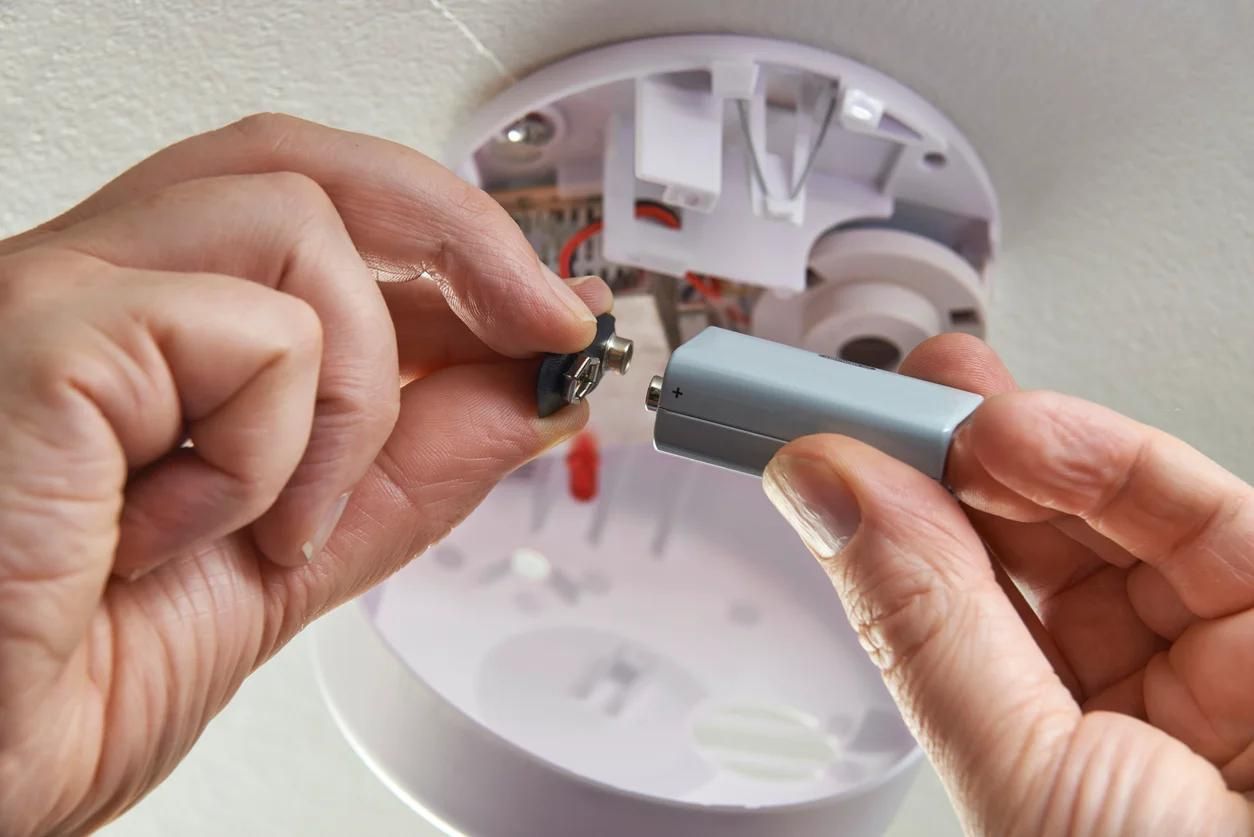
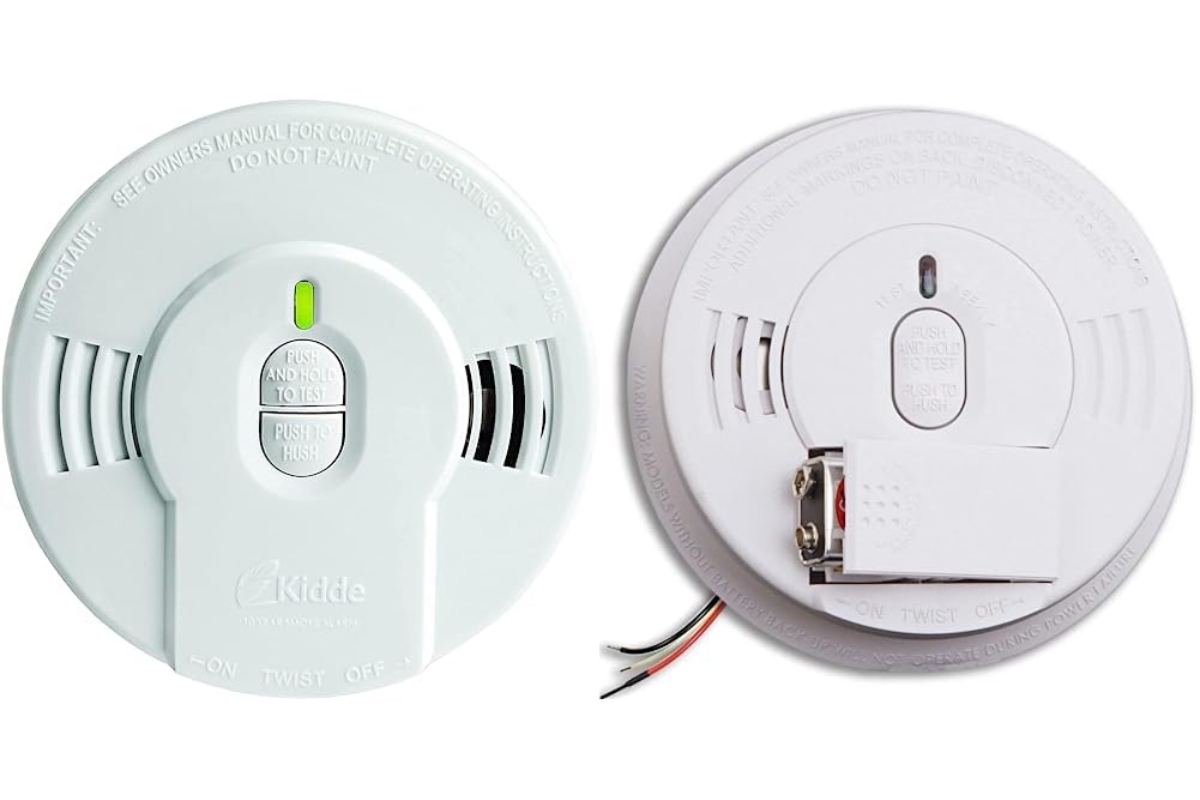
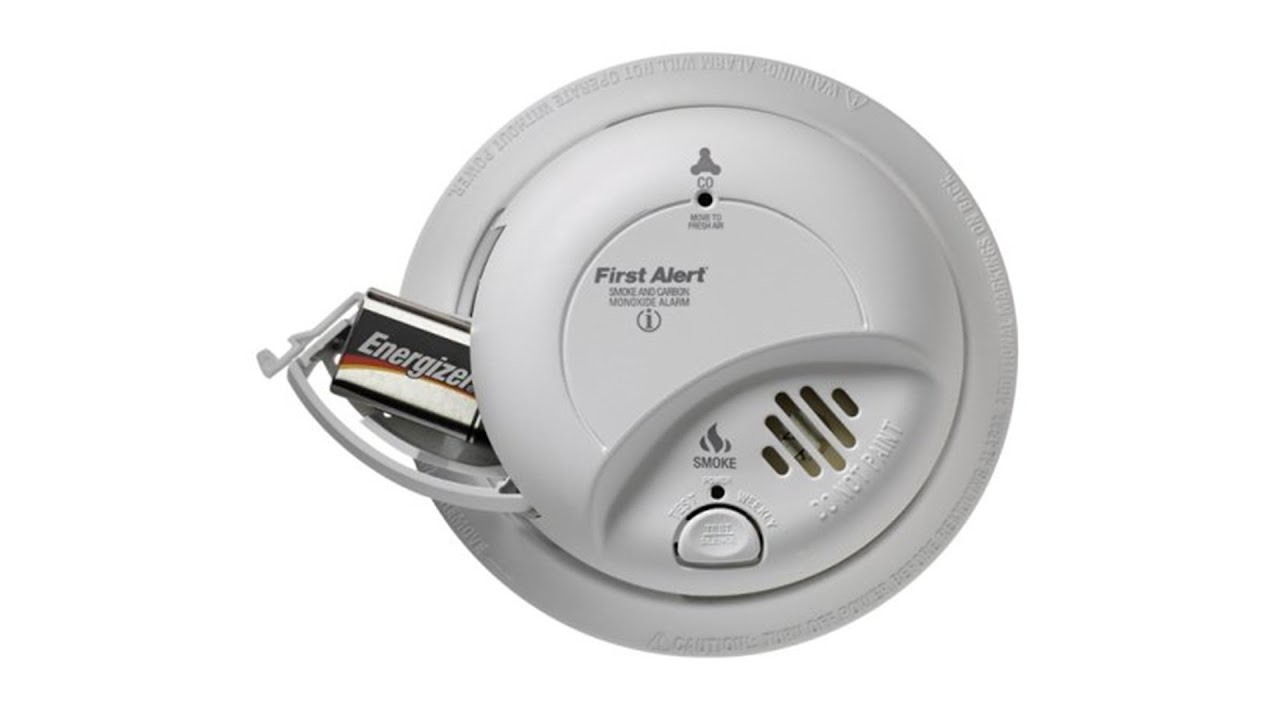
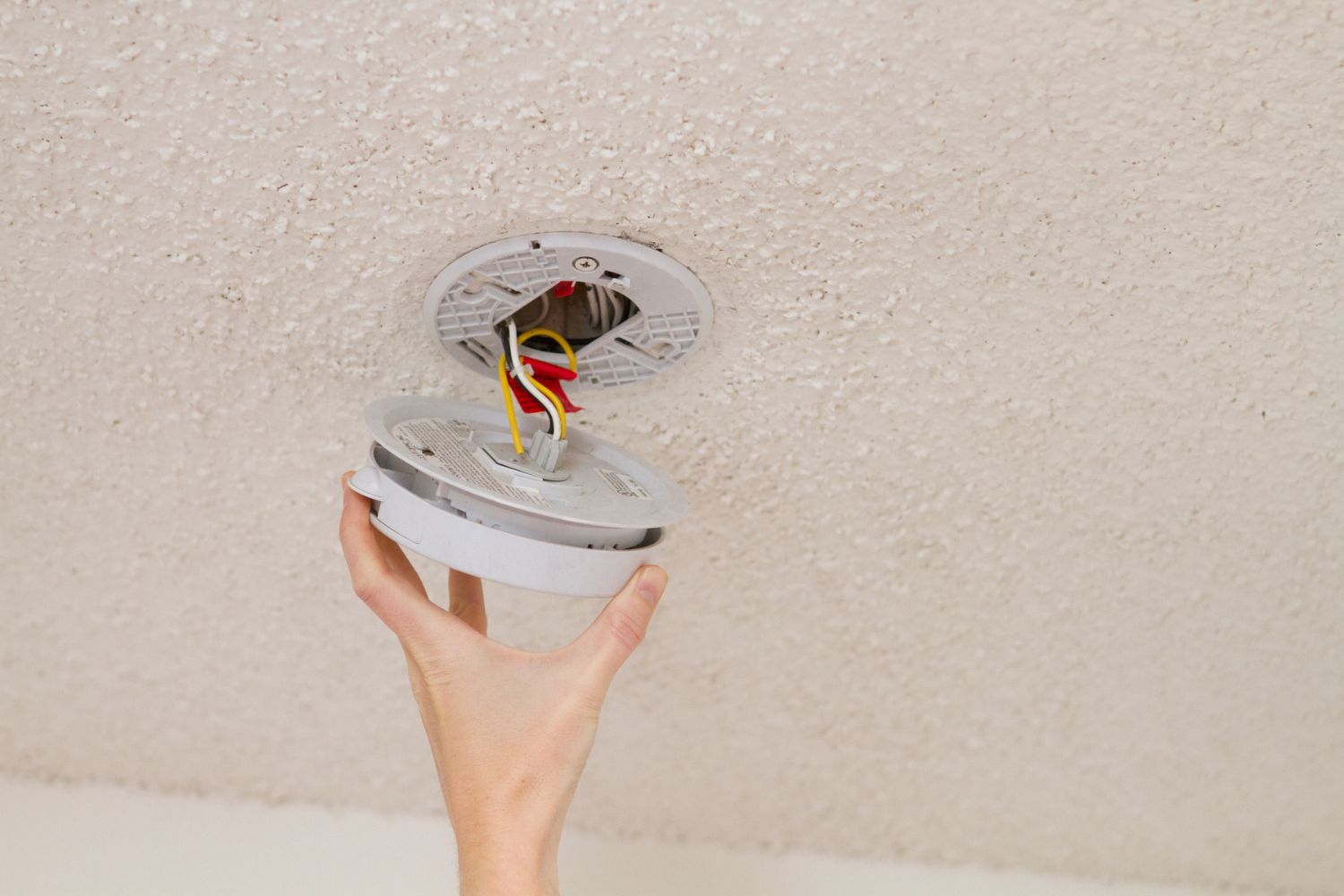
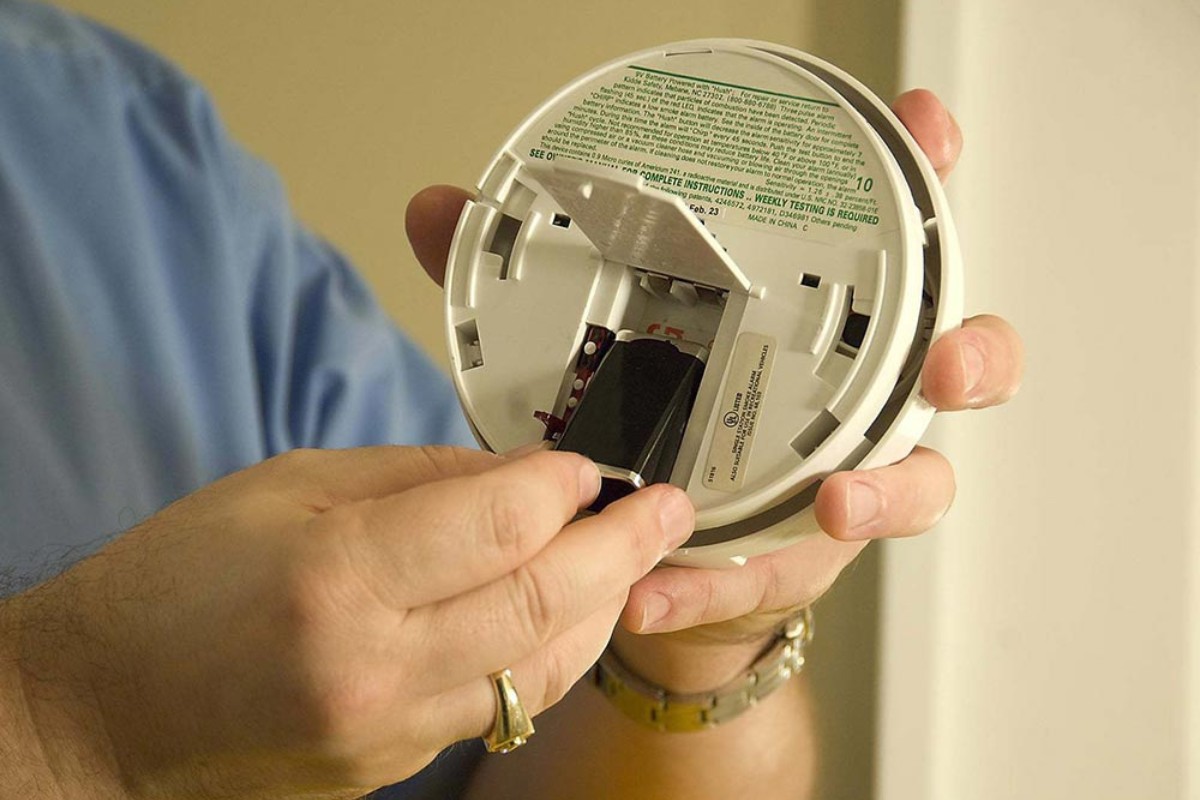
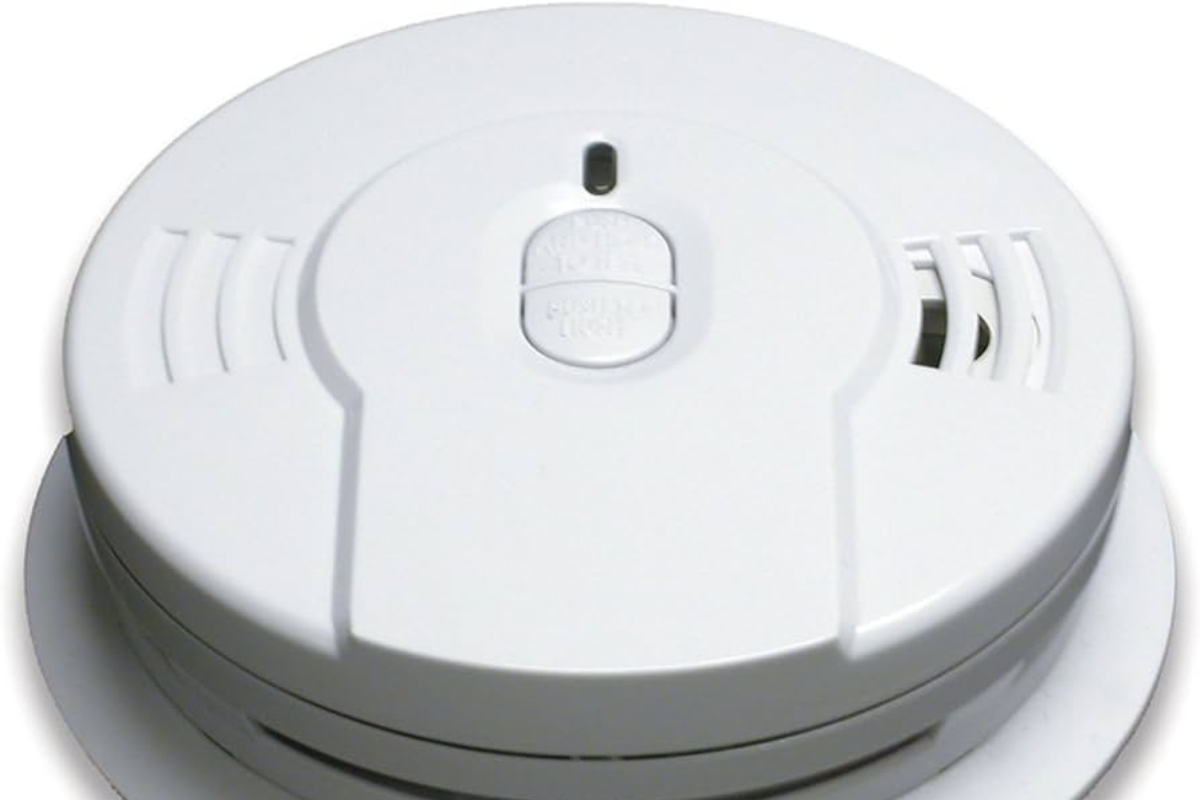
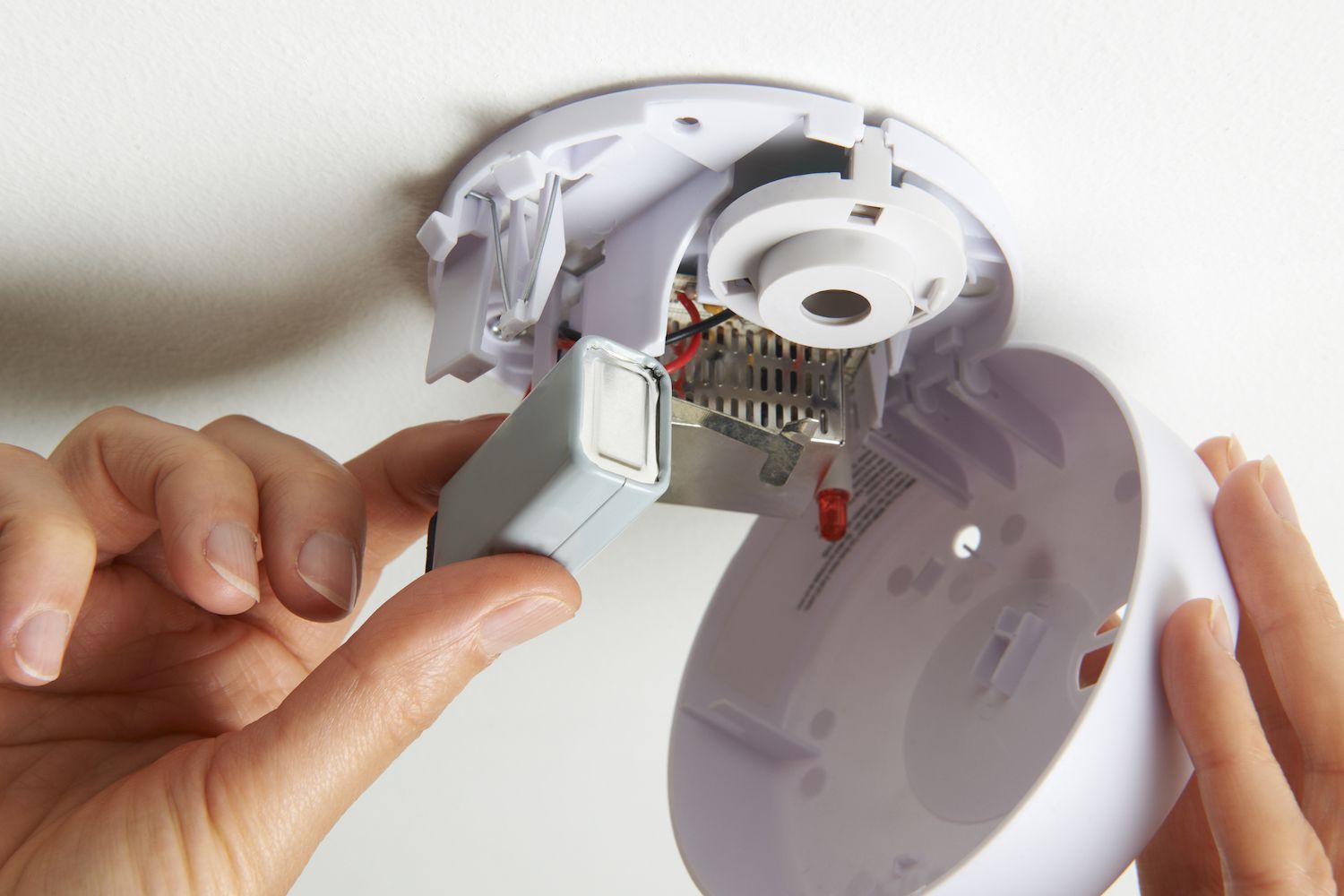
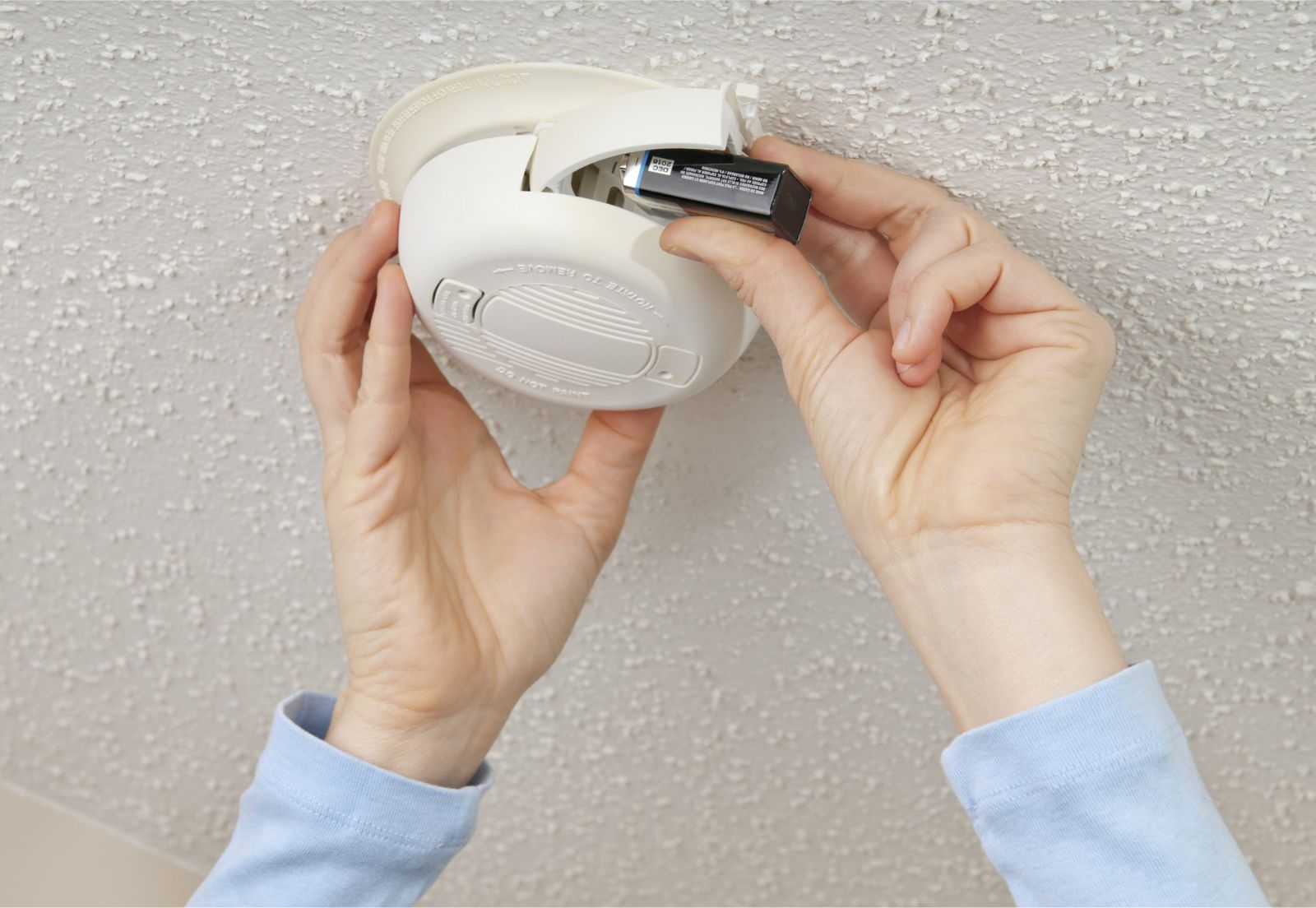
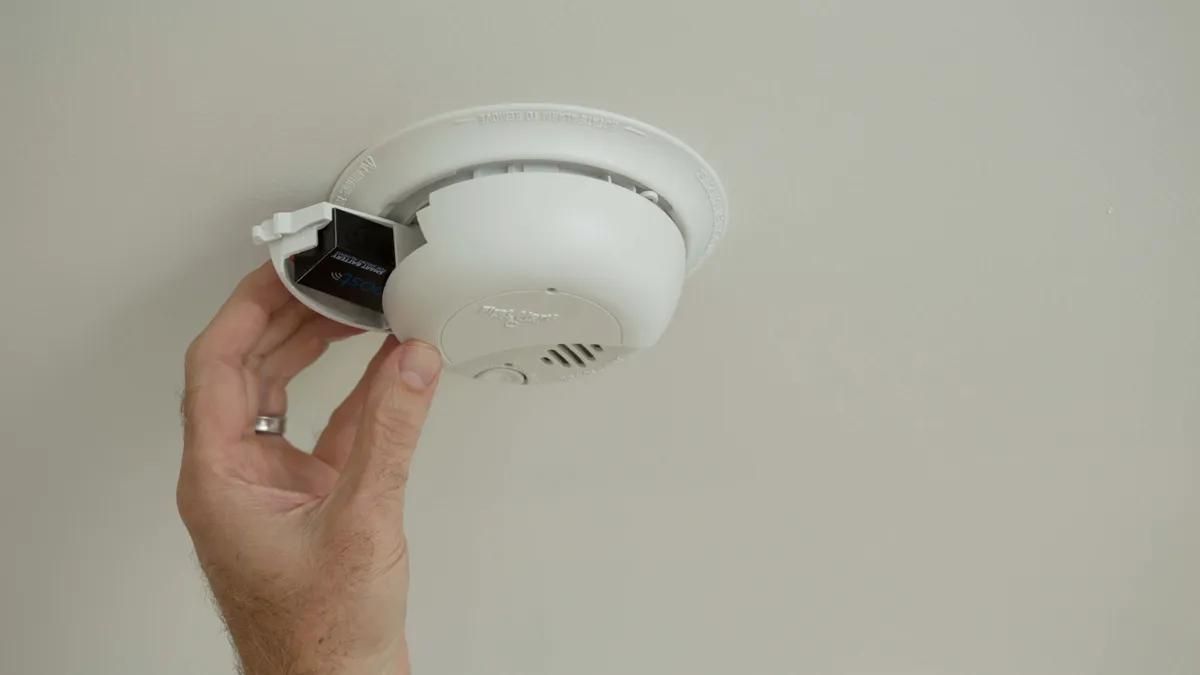
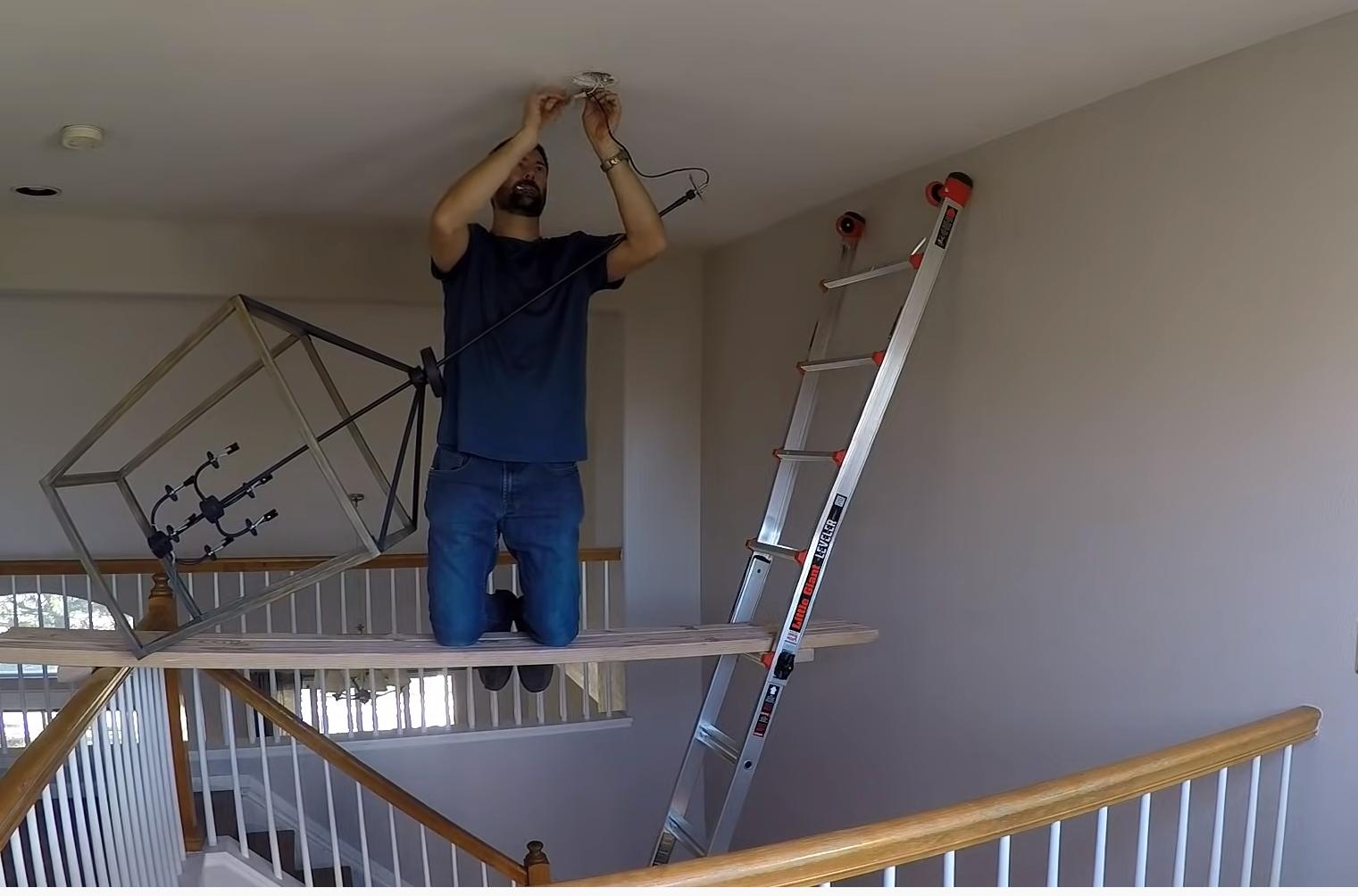

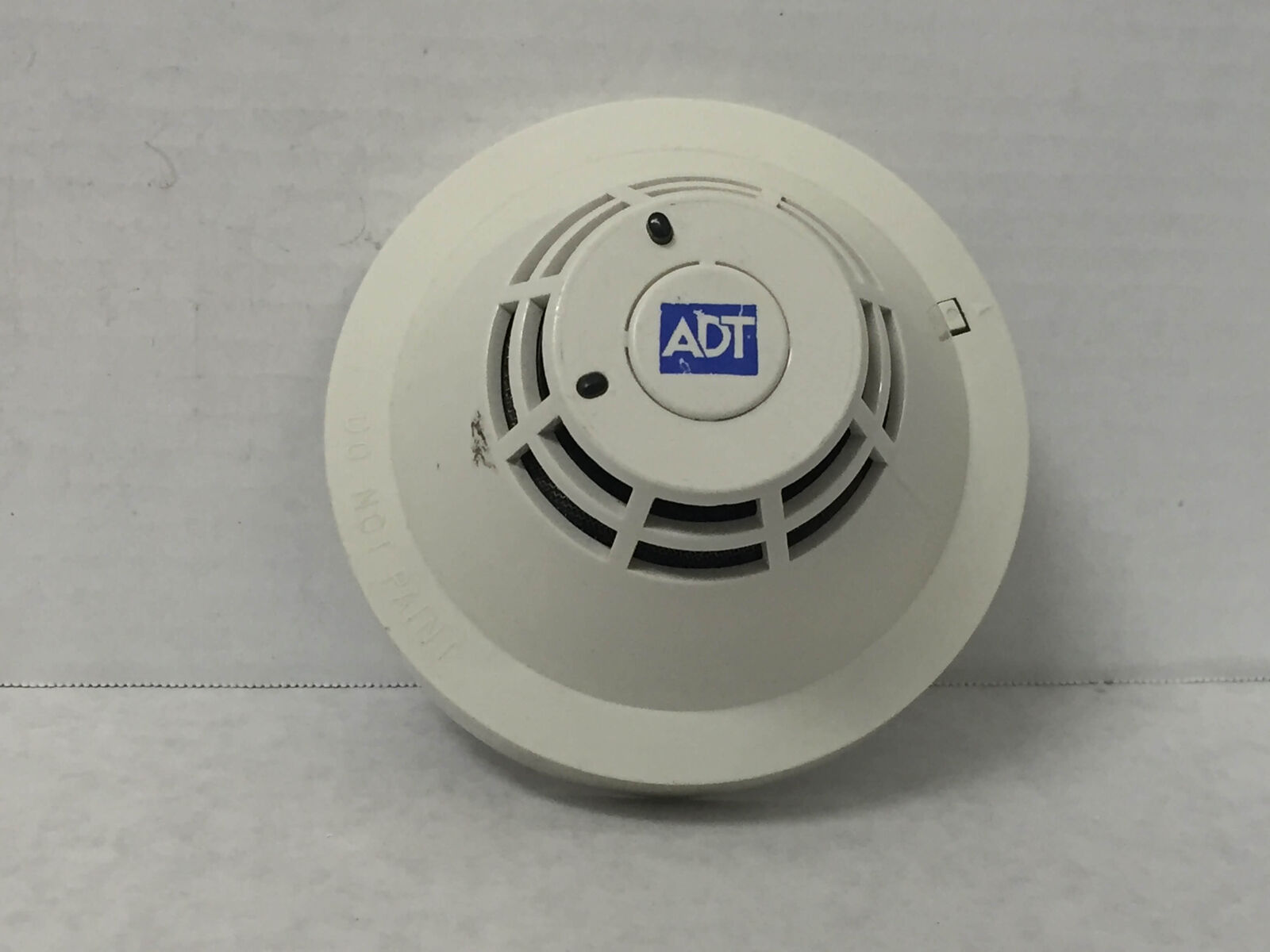
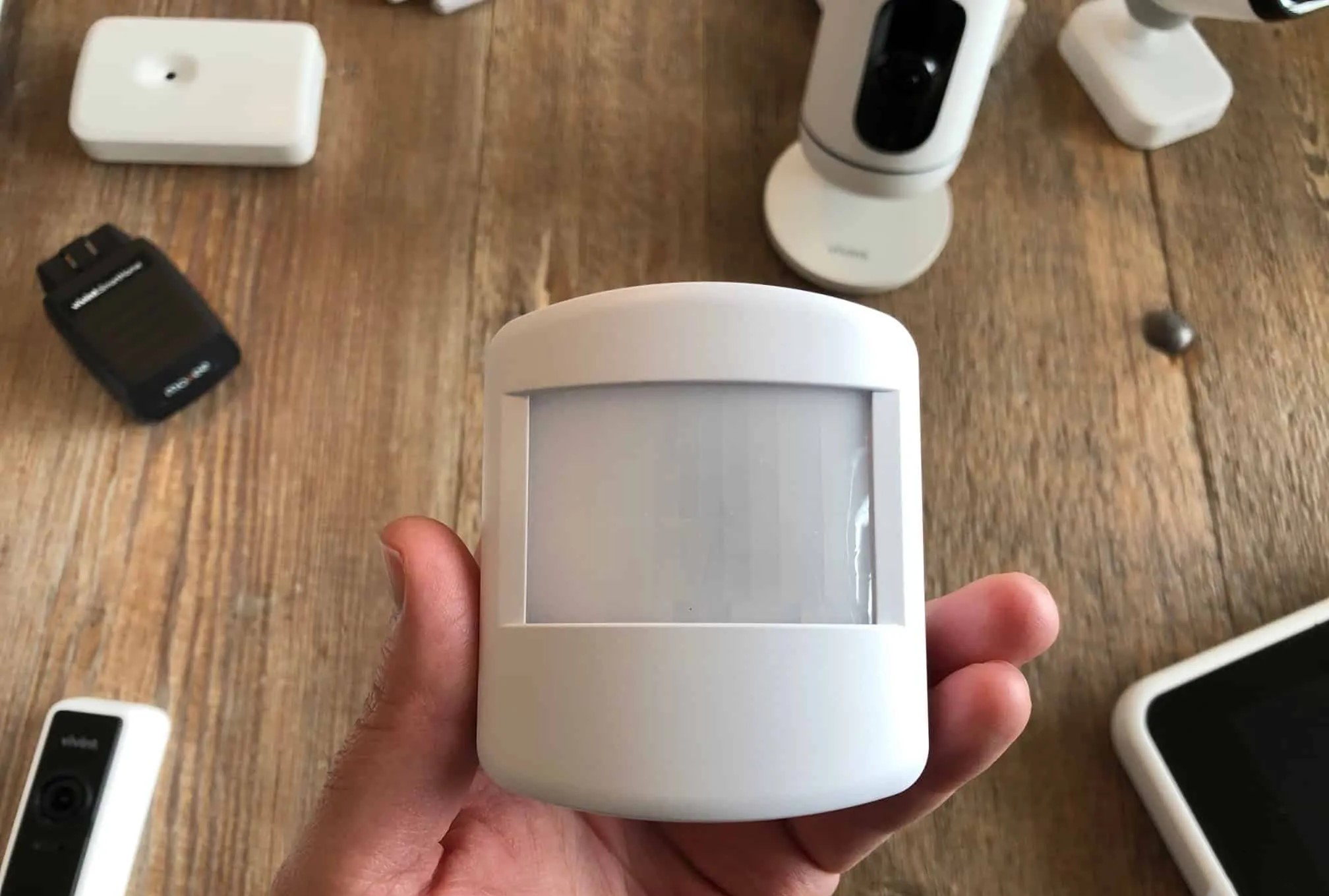

0 thoughts on “How To Change Battery In A High Ceiling Smoke Detector”